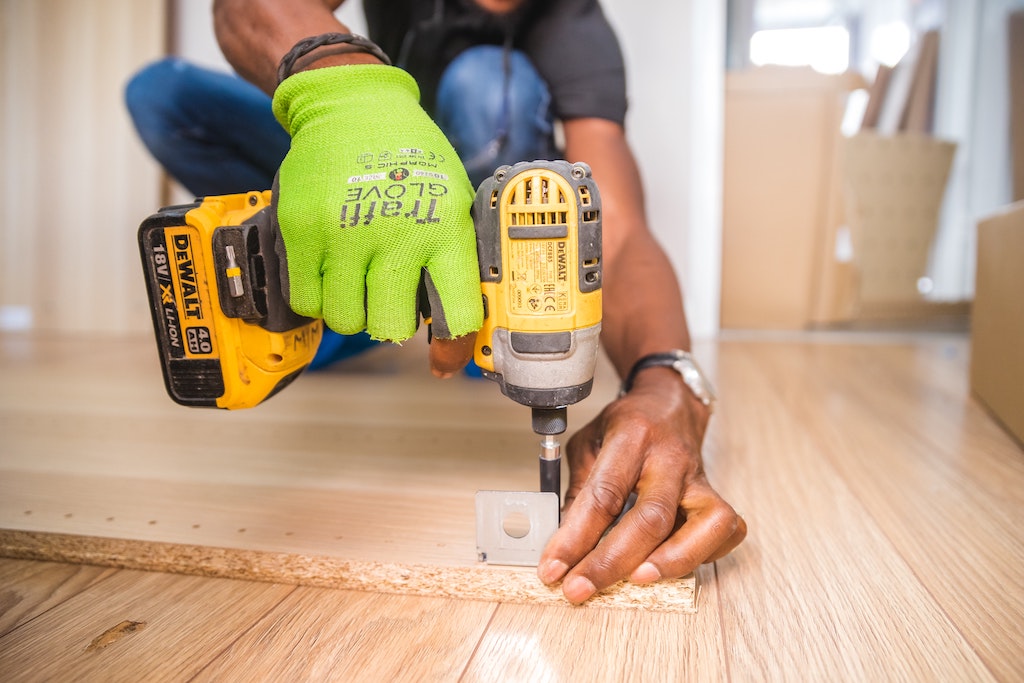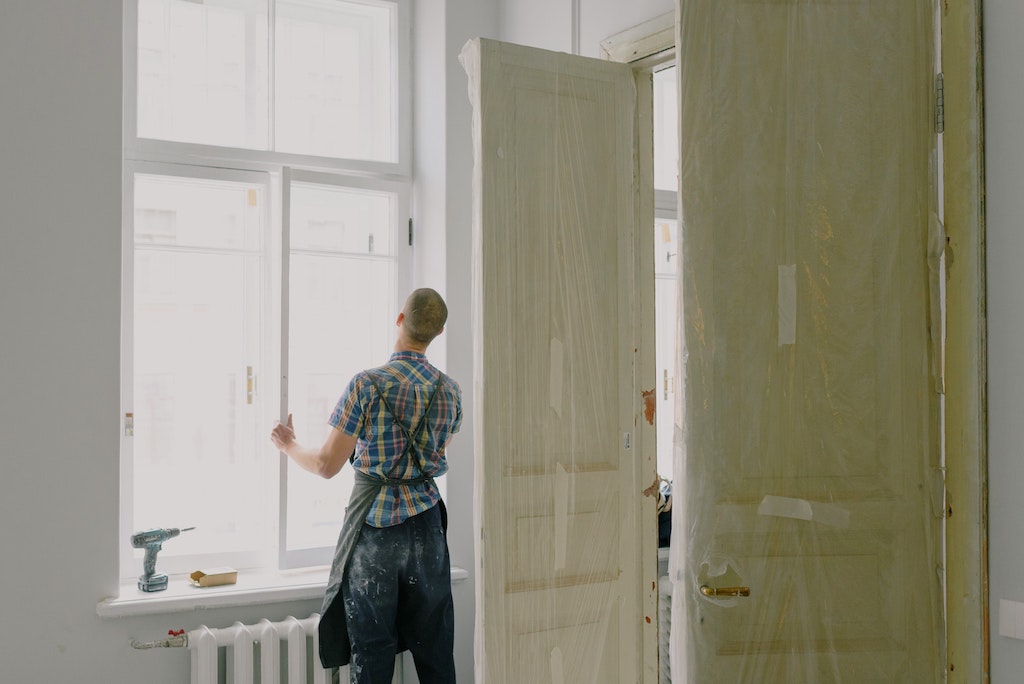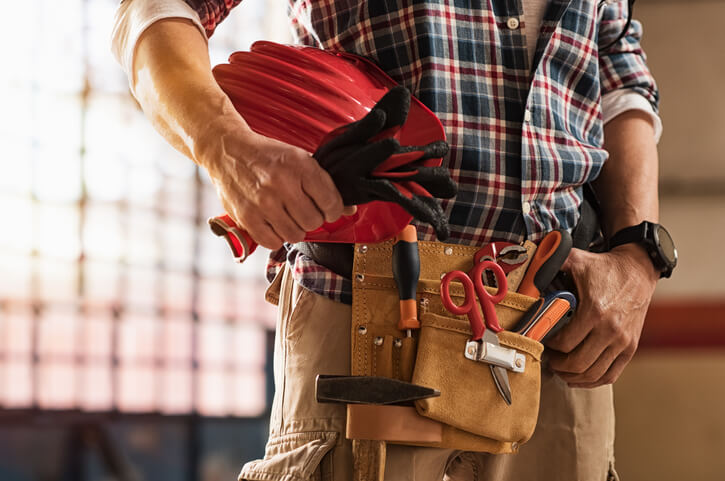Humidity is the amount of moisture in the air inside your home. Maintaining the ideal amount of home humidity has many benefits you and your family are sure to enjoy. The right humidity level helps preserve your home’s condition and keeps you and your family safe from health risks related to overly humid or dry conditions. Most of all, proper humidity levels provide a comfortable space for you to live in.
However, finding and keeping balanced humidity levels throughout the year’s seasons is often challenging, depending on your area. Below, we’ll cover how to know the proper humidity level for your house, how to control humidity and keep it consistent inside your home, target trouble spots that could be making your quest for a comfortable home trickier, and tips on how to fix them.
Control humidity at the source
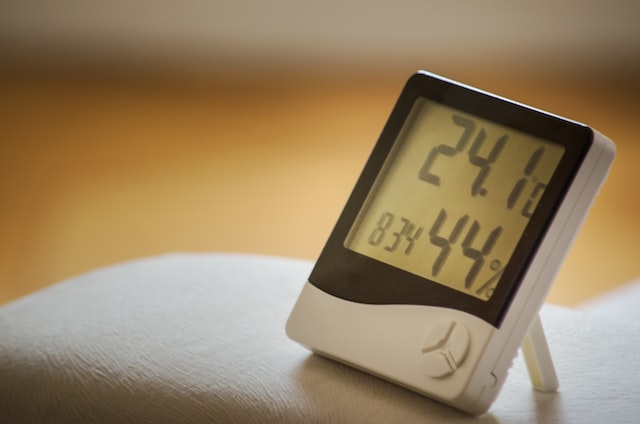
The ideal home humidity level for most homes is between 30% to 50%, depending on your climate. Your first instinct if the humidity in your home isn’t what you want it to be might be to purchase a humidifier or dehumidifier. One — or both — of these appliances could very well be the correct solution, but it’s important to know what’s impacting the humidity in your home before you try to remedy it.
- Look for visible condensation – Condensation builds up on smooth surfaces, like windows and mirrors when the moisture content in the air is too high in certain areas. Depending on where you see condensation, you might be able to fix the problem by installing a new fan in your bathroom or sealing the windows better.
- Pay attention to your ceiling and walls – Moisture can stain your ceiling and walls over time, and those subtle differences often sneak up on you when you least expect it. Take photos in consistent lighting conditions a few times a year to help you tell if the discoloration is happening over time.
- Check for mold – Black mold is easy to see and has a bad reputation for posing health risks. Other types of mold are lighter in color and harder to spot on ceilings and walls.
- Soft or moist walls – Soft spots in your drywall is a surefire way to tell that something is wrong inside your walls.
- Dark spots or decoloration – If there’s a leak in one of your pipes, the water will pick up rust from nails and dust inside your walls or floor. This leads to dark spots where the rusty water pools.
- Family health – Overly humid conditions can lead to respiratory conditions caused by allergic reactions to mold and mildew. Yet if your home is too dry, you might also notice health issues. When there isn’t enough moisture in the air, people will often experience frequent nosebleeds and stuffy sinuses.
- Creaking floors – If your floors start to squeak and creak, it’s possible that your hardwood or sub-flooring is swelling due to excess moisture. There are other reasons for creaky floors, but if you suspect the humidity in your home is high, this can indicate that the culprit is high humidity.
- Ice cube test – The ice cube test is a great way to quickly tell what the general humidity level is in a particular area or room. Put four ice cubes in a glass and wait three to four minutes. If the glass has no condensation on the outside, the area is dry. If there’s a lot of condensation and water is running down the glass, the area is overly humid.
- Get a hygrometer – The ice cube test is a great start, but it doesn’t give you an accurate home humidity percentage. A hygrometer measures the humidity in the air, giving you an exact percentage of how much moisture is in your home. These devices are inexpensive and small, so they can be left out in areas where you want to control or monitor humidity in your home.
How to decrease humidity in your home
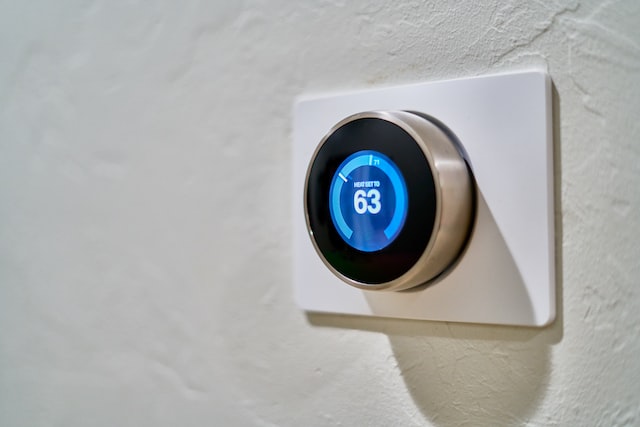
If you find that the moisture in your home is too high, here are some great ways to control humidity.
- Use an air conditioner – Air conditioners have built-in dehumidifiers that help circulate air around your space to help control humidity. Portable air conditioning units are easy to set up, but if you’re looking to install a window unit, a handyman can make sure it’s securely mounted and safe to use.
- Use ventilation fans – Stagnant air holds humidity more than moving air, so strategically placed fans can go a long way towards helping you bring down the humidity in your home.
- Take cooler showers – If your home is prone to being too humid, taking hot, steamy showers will only add to the problem. Turn your hot water tap down to help keep the air less damp.
- Fix leaking pipes – Leaky pipes, even with a slow leak, will bleed moisture into your cabinets, walls, and floor, increasing home humidity overall.
- Keep gutters clean – Gutters and soffits help your home breathe, allowing excess moisture to move away from the inside. This process is blocked when they get dirty or backed up, which prevents moisture from escaping.
- Drying laundry outside – When you dry your laundry inside, the water evaporates from those fabrics into the air. This is great for drier homes, but it’s best to dry your laundry outside if you need to reduce humidity levels.
- Relocating plants – Plants hold and release moisture. Consider moving them to well-ventilated places to reduce your home humidity.
- Charcoal briquettes – Charcoal absorbs moisture, so placing containers of briquettes in discreet locations in more humid areas of your home is a great way to soak up that excess moisture in the air.
- Ventilation – Having your ducts cleaned and the ventilation system maintained yearly goes a long way to helping air circulate properly inside your home, leading to lower humidity levels.
- Encapsulate your crawl space – Crawl spaces under homes are often quite humid because they draw moisture from the ground. Have your crawlspace sealed so the moisture can’t get into the rest of your home.
- Dehumidifier – If you’ve identified and remedied other culprits for high home humidity and you’re still not in an ideal range, a dehumidifier can help take the excess moisture out of the air. Some dehumidifiers are built into your ventilation system and work for your entire home. Others are portable and only cover a specific area. Each product will tell you in the description what space it’s intended for so you can choose the one that suits your home.
How to increase humidity in your home

Drier climates often need the reverse – to increase the humidity inside your home, so it’s more comfortable. Increased humidity helps free you from the irritation of dry skin, hair, and sinus issues.
- Use a vaporizer – A vaporizer, or humidifier, distributes water in a fine mist. This can be done through your ventilation system, or with portable units placed throughout your home. Many people find that they sleep better with higher humidity. You can easily find vaporizers available that are made explicitly for bedrooms. Like dehumidifiers, each vaporizer will tell you in the product description what type of space it’s intended for.
- Vent dry indoors – Vent dry indoors to help increase your home humidity and keep the air comfortable for you, your family, and your pets to live in.
- Air dry clothes inside – Drying your laundry inside releases the moisture from your wet laundry into the air, resulting in more humid air and a lower utility bill. This is a great way to save on electricity while keeping your home at a comfortable humidity level.
- Boil water on the stove – Steam from a boiling pot of water is a great way to bump up the humidity in your home quickly. Bonus points if you throw in some sliced citrus fruits and aromatics like fresh rosemary, thyme, and sage – your home will be more comfortable, and it’ll smell amazing.
- Get houseplants – Houseplants increase humidity in your home because their soil needs to be moist all the time. While they use a lot of that moisture to grow, some moisture will also be released into the air. Houseplants also respirate, putting oxygen and moisture back into your home.
- Cook at home – Cooking at home is a great way to boost your humidity levels — just make sure you’re turning on your hood fan while you cook with oil. Moisture from water is excellent, but you don’t want grease particles floating around and sticking to everything in your kitchen.
Controlling the humidity level in your home is simple and easy if you follow the tips in this comprehensive guide. You can change the humidity inside your home to stay comfortable and safe, and with a bit of monitoring and a few simple measures, you can find and maintain the perfect balance of humidity all year long.


